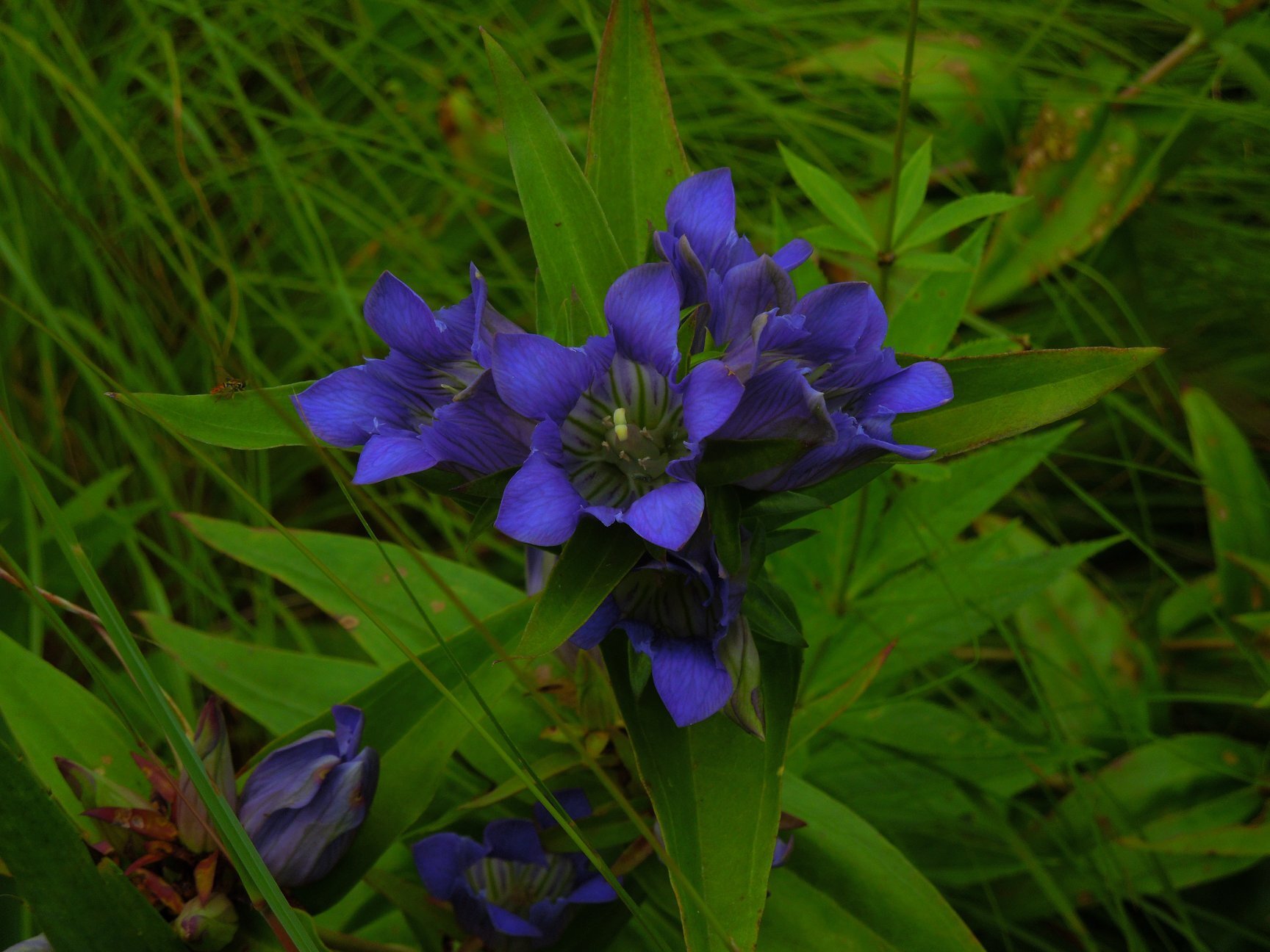Blue is a strange color. This may seem like an odd statement yet, when you think about it, so few things in nature are truly blue. It is estimated that, of all the colors plants utilize to attract pollinators, blue occurs in less than 10% of species. This isn't a pattern restricted to plants either. Blue is an infrequent occurrence throughout the biological world.
When it does appear, the color blue is usually the result of structure rather than pigment. The feathers of a bluejay, the wings of a morpho butterfly, and the sheen of a beetles elytra - these blues owe their vibrancy to refracted light, not pigment. Without light, the crystalline cells responsible for the blue hue would appear dull brown. As light enters their structure, it is bent in a way that gives off blue wavelengths.
The metalic blue hue of these Pollia condensata are the result of refracted light, not pigment. Photo by Juliano Costa licensed under CC BY-SA 3.0
Plants have adopted this strategy as well. The berries of Pollia condensata use a similar crystalline structure that results in blue. However, there are true blue flowers out there. How have species with blue flowers managed to overcome the rarity of blue pigments?
The simple answer is that they haven't. There are no blue pigments in the floral world. Instead, plants utilize what can only be described as an evolutionary hack. Blue flowers obtain their color by doing something we all did in art class, blending pigments (similar to the one true black flower). By producing varying amounts of anthocyanins (the pigments responsible for reds) floral cells are able to make blue flowers.
The anthocyanins can also be tweaked to appear blue. One way of doing this is through changes in pH. The famous blue poppies (Meconopsis grandis), for example, have a defect in the proton pumps found inside their flower cells. This causes the cells to become more basic than acidic, which manifests in blue, rather than purple, flowers. Blue petunias do this as well.
Despite the lack of blue in the floral world, it nonetheless seems to work well when it comes to pollinators. I watched multiple different species of bee visit the flowers of this downy gentian (Gentiana puberulenta). Hummingbirds often visit the amazing floral display produced by the great blue lobelias (Lobelia siphilitica) in my garden. Anyone that has looked over a patch of blue lupine or delphiniums can attest to the success of this color.
Photo Credits: [1]

